
How to Prevent Raccoons From Digging in Your Trash and Other Wildlife Mishaps
Keep yourself, your property, and wildlife safe.
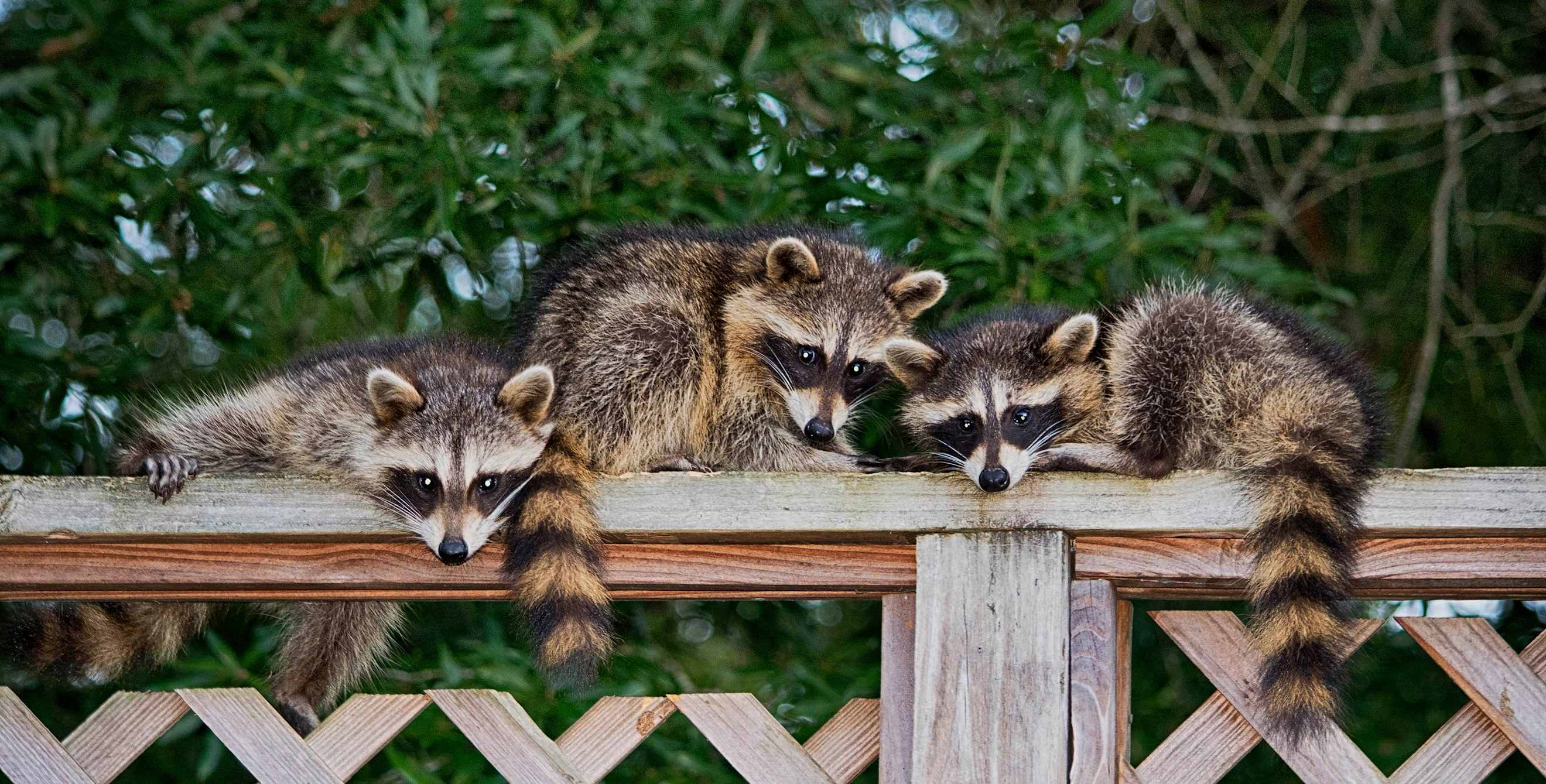
Bears breaking into homes for dinner. Feral pigs digging up front yards. More than 90 rattlesnakes nesting under a Sonoma County home. Deer chomping through gardens, mountain lions feasting on pets, and skunks and rodents making inroads inside homes.
These kinds of stories are common in the West, and they’re a reminder that animals lived here long before we arrived, says Alison Hermance, director of communications and marketing for WildCare, a wildlife hospital and nonprofit organization devoted to helping people live well with wildlife and protecting the habitat that humans and animals share. “Many people have an expectation that animals should be out somewhere in the forest, and that human territory is human territory,” Hermance says. But whether you live in the city or country, animals are never far—think of them as wild neighbors, Hermance suggests.
The goal shouldn’t be to remove these animals or to have none nearby. Many are essential for a healthy habitat, and often wildlife directly benefits us. Racoons eat rodents and skunks eat garden slugs that demolish flowers, for example.
But, of course, you want to avoid situations that could lead to harm. Here’s how to protect yourself, your pets, or your property from wild animals.
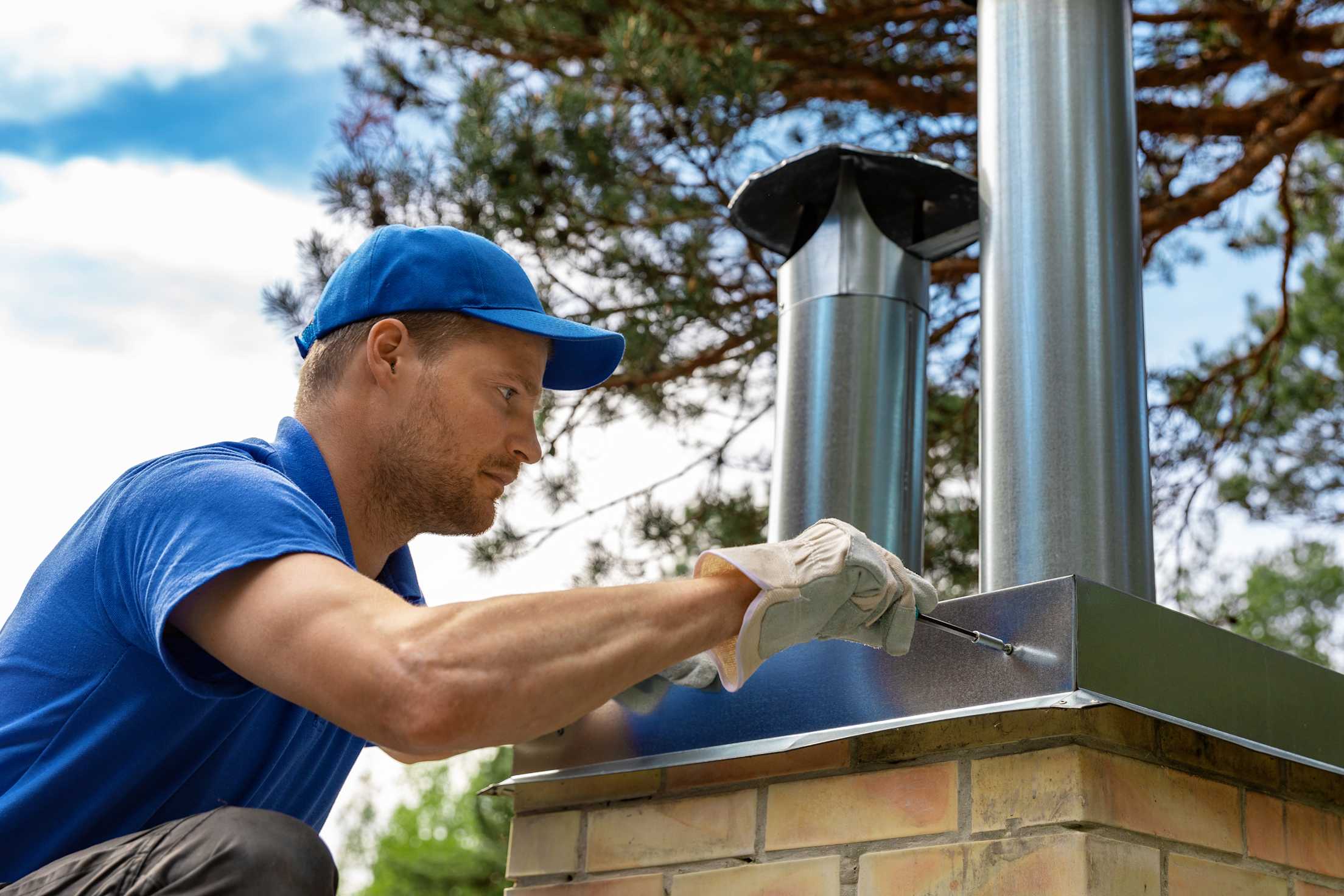
1. Seal up access points.
“All animals are trying to do is survive. And food and shelter are the number one things that they're looking for,” says Ryan Leahy, statewide wildlife conflict specialist for the California Department of Fish and Wildlife. “Don’t leave your doors and windows open if you’re not attending to the house, especially on the ground level.” Doing so—combined with easy access to food—can lead to wildlife wandering inside and destroying your home.
But animals have many ways of entering your home. Take a look at other potential access points, such as:
- Holes in the eaves, under a porch or deck, or underneath the building
- Chimneys
- Vents and window wells
- Loose screens, or screens with holes
You can seal up holes in your home with steel wool, spray foam, and a staple gun, Hermance says. Use caulk on smaller holes. Repair screens, install chimney caps, and put in door sweeps, per the National Pest Management Association (NPMA).
But check before sealing up holes or access points—you’ll want to make sure you’re not closing off an animal’s exit point if they’re already inside. If you think there’s a hole an animal could get through, try wadding up some newspaper and stuffing it in, Hermance suggests. Next, sprinkle flour outside the hole and see if you spot any animal footprints over the next couple of days. If the newspaper is still in place after a few days and there aren’t any prints in the flour, you can feel confident sealing it up.
2. Keep your food waste secure.
What’s trash to you is a feast—or several—to animals. Keep garbage in secure containers that cannot be opened by wildlife. “You don’t want to leave your trash out overnight,” Leahy says. Put your garbage can out for pickup in the morning, instead. Discourage animals from getting near your trash by keeping it inside (think: in your garage), double-bagging it to prevent tempting smells, and using animal-proof trash cans.
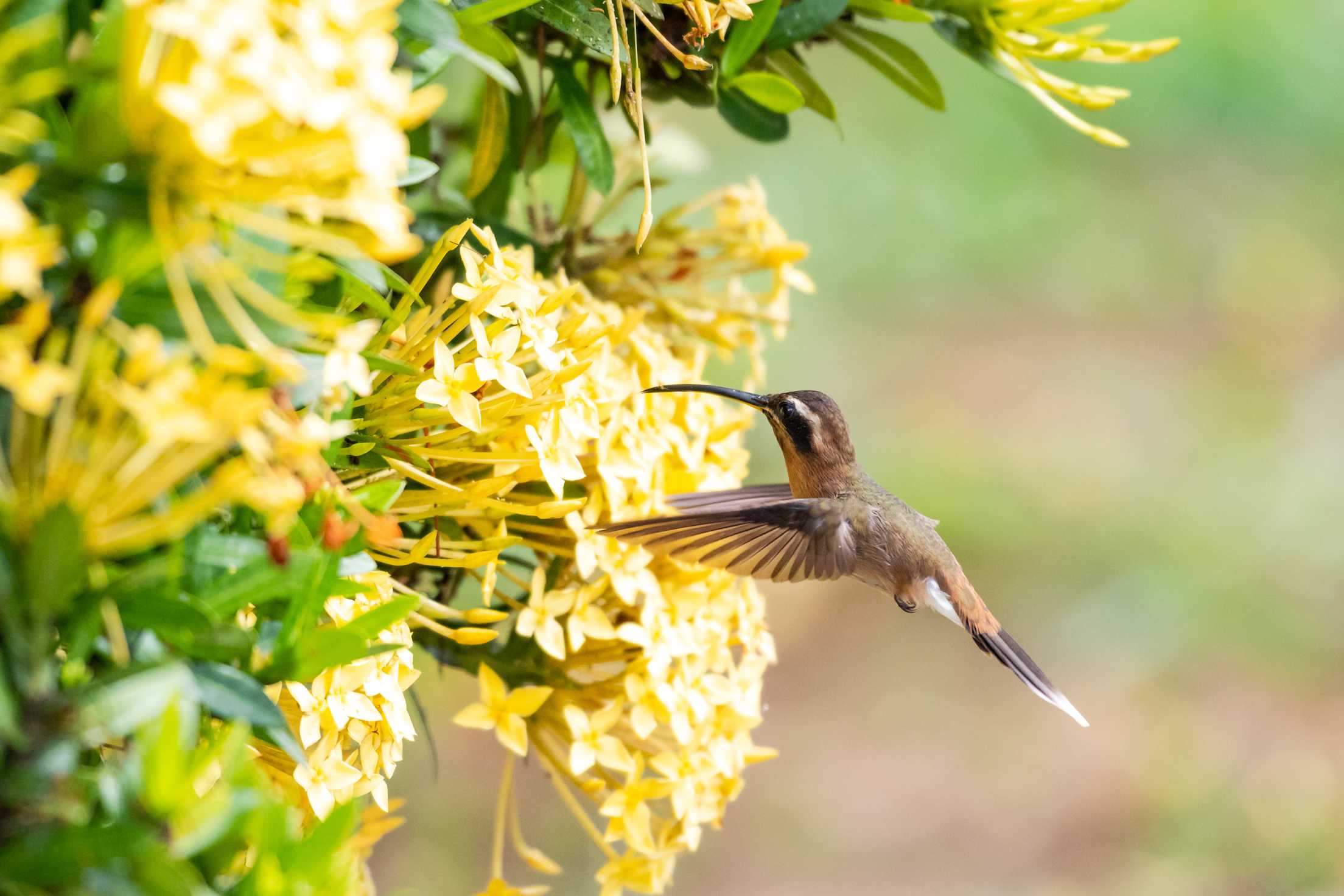
3. Consider alternatives to bird feeders.
A bird feeder can easily become a food source for many (unwelcome) critters, not just birds.
If you’re eager to attract birds—for your own entertainment, or a pet’s—the Audubon Society recommends native plants such as blackberries and sunflowers, as an alternative. You can also add specific trees and plants to your garden to attract certain birds. If bears are common in your area, look for options that appeal to birds, without being a tempting food source for larger wildlife. Your local nursery can help.
If you are adamant about using a bird feeder, sweep or rake underneath it every evening to remove spilled seed and clean the feeder every other week with soap and boiling hot water to prevent the spread of disease, per the Cornell Lab. Be thoughtful about the food you’re putting in the feeder, too. “If each pound of bird seed has thousands of calories and you have bears in the area” that’s a problem, Leahy says. Bears are looking to consume 40,000 calories per day in the fall, and any high-calorie items left out near homes are particularly attractive.
4. Be thoughtful about water.
Think twice about water features, such as a bird bath, that provide animals with a source of water. “[At] WildCare, we don't recommend putting out water for animals,” Hermance says. It’s an easy way to spread disease. If you have a bird bath, empty it and refill it every day. Clean it weekly with a scrubbing brush and soap to stop the spread of pathogens. Once scrubbed, soak the bath with a solution of nine parts water to one part bleach for at least 20 minutes before rinsing it out. Allow to dry completely before refilling.
If you have a pool, the biggest wildlife concern is that animals can fall in and not be able to get out. To alleviate this danger, Hermance recommends purchasing or making a "frog log," which is essentially a floating platform with ramps, so that if animals enter the pool, they have an easy way to exit. Hermance has four, one on each side of her pool. “If you’ve ever panicked in a pool, [you know] you don’t necessarily swim to the closest wall,” she says.
Another preventive measure that Hermance recommends: Cover your pool when you’re not using it. This not only helps prevent accidental drowning, but it also keeps critters from taking a leisurely swim, using the pool as a toilet, or washing their paws. (A cover is also essential for saving water during a drought.)
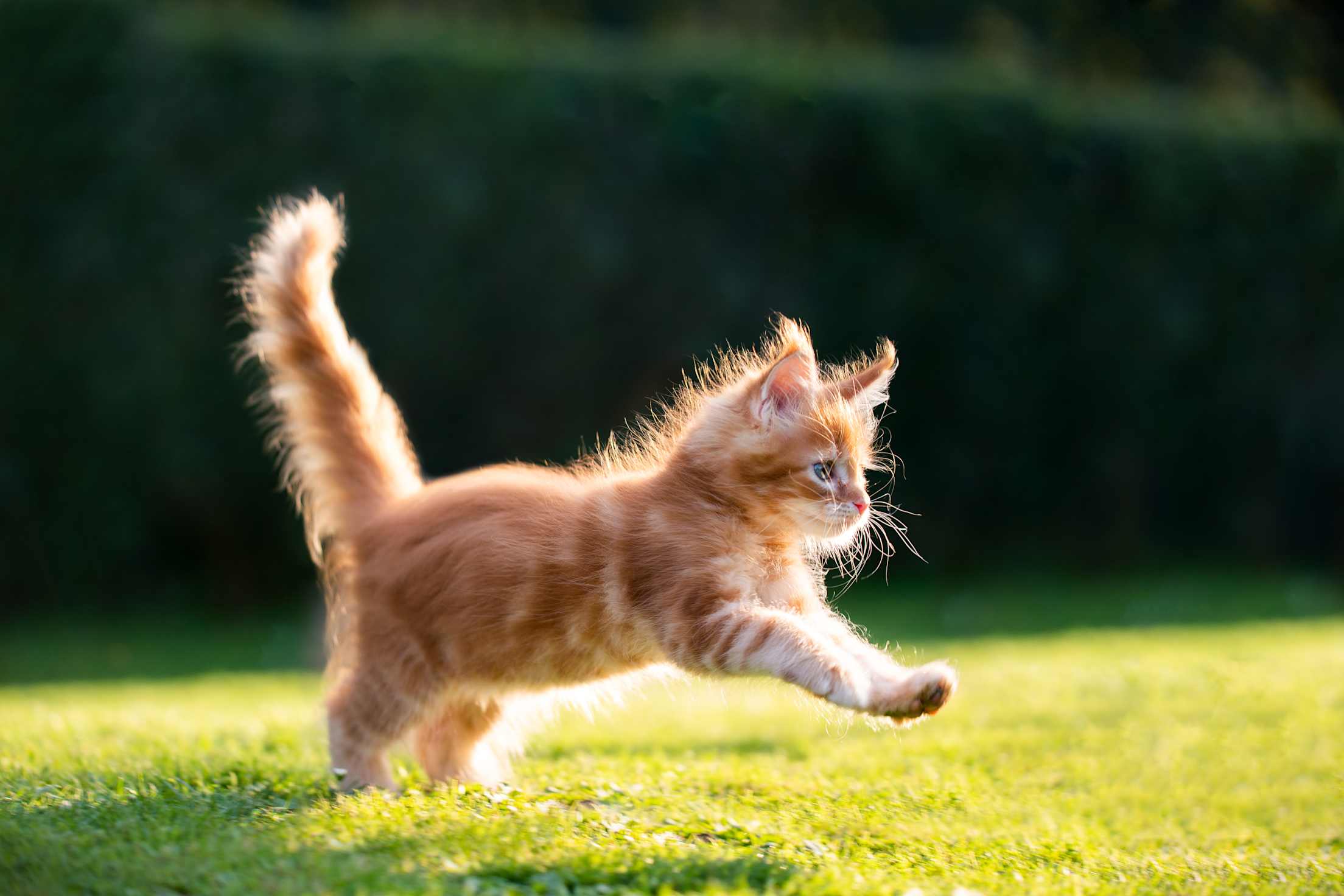
5. Protect your pets.
Keep cats inside and dogs on a leash (or in eyesight) to prevent them from falling prey to wild animals such as coyotes and mountain lions. Along with keeping your pet’s food inside, pick up your dog’s poop to avoid attracting animals.
If you’re a hobby farmer—with chickens or goats, for instance—make sure to protect them with exclusionary fencing and other devices. Otherwise, they can become a buffet for a pack of coyotes, foxes, bobcats, a mountain lion, or a bear, Leahy says. Keep livestrong in enclosed barns or sheds from dusk to dawn.
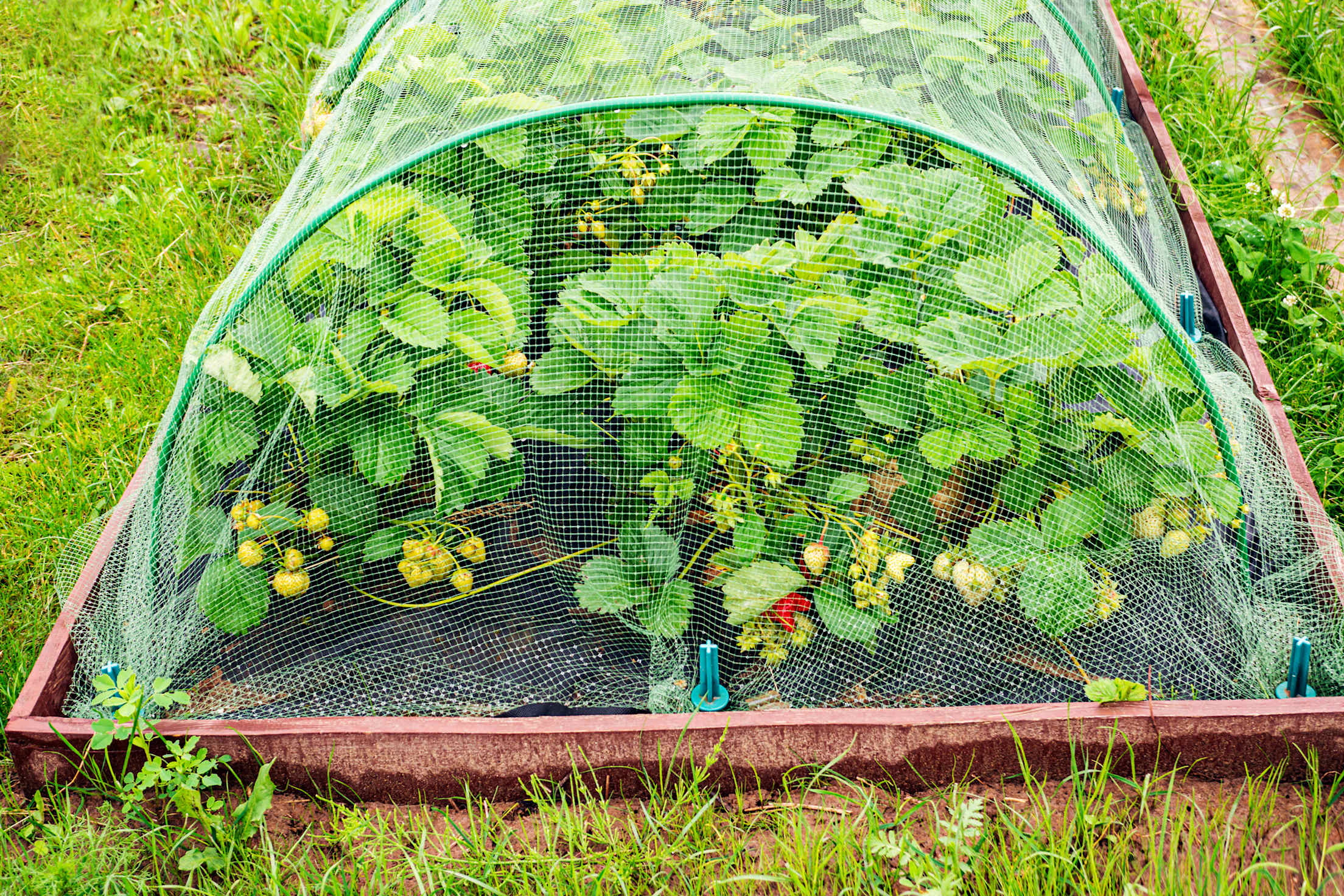
6. Safeguard your garden.
Try these steps so that your landscaping efforts don’t attract wildlife.
Install fencing: Aim for six feet or higher, Hermance says—deer can leap over shorter fences with ease.
Plant strategically: Go with native plants so that your “yard is not more delicious and tasty looking than other places” to deer, Hermance says.
Try a motion-detector sprinkler: As animals—such as deer, rabbits, geese, and turkeys—traipse through your space, these sprinklers will shoot a spurt of water that’s deeply off putting to these animals, Hermance says. Lights on timers (or ones activated by motion) can also be helpful at discouraging wild visitors.
Pick your fruit: As fruit ripens, either pick it off the tree or discard it, per NPMA.
7. Check your insurance coverage.
Dealing with wild animals once they’re in your home or they have harmed your property can be challenging and expensive. And in most instances, home and renters insurance won’t cover animal-related damage, says Theresa L. Young, a senior claims homeowners operations process manager at CSAA Insurance Group, a AAA Insurer.
An exception: Bears. “The damage the bear causes to the house is typically covered,” Young says—but not the damage a bear causes to your personal property. And even in this scenario, there are exceptions. If a bear takes up residence in your home for a long period of time, you’re not covered, Young says. Plus, there’s no coverage to remove the animal, Young notes. As a general rule, damage from insects, rodents, vermin, and birds are also not covered.
Your best bet: Stop animals from getting inside your home by being vigilant about preventing entry.